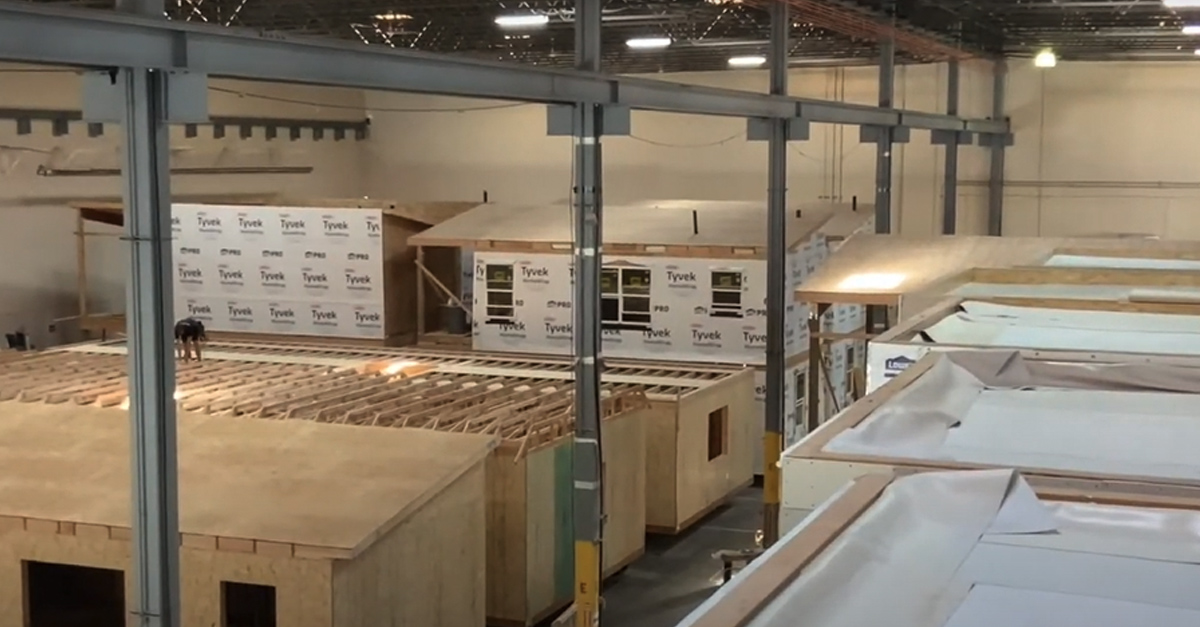Kam Valgardson, Irontown’s General Manager, recently sat down to interview with Modular Home Coach. Modular Home Coach has declared themselves “the voice of the modular housing industry” and does so by giving updates, advice, and planning boot camps for the public to learn more on modular housing and which companies to turn to.
As a modular home building company, Irontown Homes builds their homes in a 66,000 square foot factory and then ships the homes in pieces to areas as far as Northern and Southern California. One of the questions that ModCoach asked was “What are some of the problems you’ve encountered?” This is one of the most common questions asked. Kam replied that,”The biggest determining factor for shipping distance is, you guessed it, cost. If the savings of building in the factory don’t offset the shipping and crane costs, it’s difficult to justify the build. This cost is determined by local rates. If the local rates to build are not significantly higher than the factory price, it could actually cost more to build in a factory.” As you can imagine, shipping rates are not cheap, and Irontown needs to make sure they benefit from the deal as well.
Something Irontown prides itself on is its ability to be original and upscale looking–surprising people that what’s in front of them is a modular home. Kam explained one home that is currently being built in Park City “in the Historic District that is located 1 block away from the Park City Ski Resort. It’s unique in the fact that we’re doing a roof-top deck with timber railings, an aluminum spiral staircase and a hot tub on the deck. This roof-top deck will have a 360 degree view of Old Town, and will be able to see three ski resorts while soaking your toes!” Not many regular built homes can pull off such great details, Irontown Homes manages to take it up a notch with each home.
Because of their desire to to higher end modular homes, questions arise similar to ModCoach’s of, “Why has Irontown chosen to go to the higher end, true customized route which is inherently more time consuming?” Put simply, Kam responded,”It’s a niche market we’re in… Back in the mid 1990’s. our owner realized that there was an underserved market for custom homes for people who had enough money to build, but were in difficult circumstances with climate, shortage of subcontractors / suppliers, or had an extremely high cost. These areas are prime for us, and primarily where we do business.”

